Amazing Japanese Body Art Tattoo | Body Art Gallery
At the beginning of the Meiji period the Japanese government, wanting to protect its image and make a good impression on the West, outlawed tattoos, and irezumi took on connotations of criminality. Nevertheless, fascinated foreigners went to Japan seeking the skills of tattoo artists, and traditional tattooing continued underground.
Tattooing was legalized by the occupation forces in 1945, but has retained its image of criminality. For many years, traditional Japanese tattoos were associated with the yakuza, Japan's notorious mafia, and many businesses in Japan (such as public baths, fitness centers and hot springs) still ban customers with tattoos.
Tattooing and other forms of body decoration and body modification, as in much of the western world, are gaining in popularity in Japan. However, Japanese young people who choose to get tattooed are most often choosing "one point" designs -- small designs that can be completed in one sitting -- usually in the American or tribal styles. More recently, however sanskrit Siddham script tattoos are becoming more and more fashionable.
Traditional irezumi is still done by specialist tattooists, but it is painful, time-consuming and expensive: a typical traditional body suit (covering the arms, back, upper legs and chest, but leaving an untattooed space down the center of the body) can take one to five years of weekly visits to complete and cost in excess of US$30,000.
Tattooing was legalized by the occupation forces in 1945, but has retained its image of criminality. For many years, traditional Japanese tattoos were associated with the yakuza, Japan's notorious mafia, and many businesses in Japan (such as public baths, fitness centers and hot springs) still ban customers with tattoos.
Tattooing and other forms of body decoration and body modification, as in much of the western world, are gaining in popularity in Japan. However, Japanese young people who choose to get tattooed are most often choosing "one point" designs -- small designs that can be completed in one sitting -- usually in the American or tribal styles. More recently, however sanskrit Siddham script tattoos are becoming more and more fashionable.
Traditional irezumi is still done by specialist tattooists, but it is painful, time-consuming and expensive: a typical traditional body suit (covering the arms, back, upper legs and chest, but leaving an untattooed space down the center of the body) can take one to five years of weekly visits to complete and cost in excess of US$30,000.
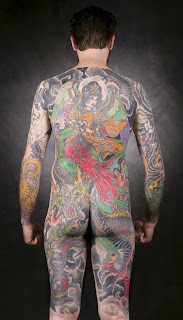 Amazing Japanese Tattoos With Image Japanese Tattoo Designs For Male Tattoo With Japanese Tattoo On The Full Back Body
Amazing Japanese Tattoos With Image Japanese Tattoo Designs For Male Tattoo With Japanese Tattoo On The Full Back Body Amazing Japanese Tattoos With Image Japanese Tattoo Designs For Male Tattoo With Japanese Tattoo On The Full Back Body
Amazing Japanese Tattoos With Image Japanese Tattoo Designs For Male Tattoo With Japanese Tattoo On The Full Back Body 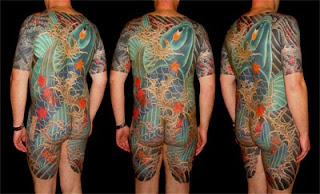 Amazing Japanese Tattoos With Image Japanese Tattoo Designs For Male Tattoo With Japanese Tattoo On The Full Back Body
Amazing Japanese Tattoos With Image Japanese Tattoo Designs For Male Tattoo With Japanese Tattoo On The Full Back Body 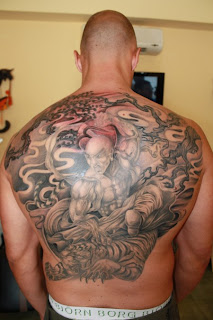 Amazing Japanese Tattoos With Image Japanese Tattoo Designs For Male Tattoo With Japanese Tattoo On The Full Back Body
Amazing Japanese Tattoos With Image Japanese Tattoo Designs For Male Tattoo With Japanese Tattoo On The Full Back Body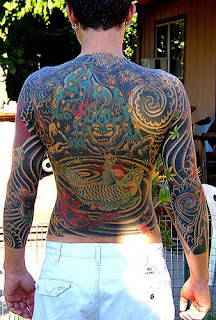 Amazing Japanese Tattoos With Image Japanese Tattoo Designs For Male Tattoo With Japanese Tattoo On The Full Back Body
Amazing Japanese Tattoos With Image Japanese Tattoo Designs For Male Tattoo With Japanese Tattoo On The Full Back Body 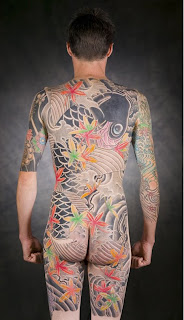 Amazing Japanese Tattoos With Image Japanese Tattoo Designs For Male Tattoo With Japanese Tattoo On The Full Back Body
Amazing Japanese Tattoos With Image Japanese Tattoo Designs For Male Tattoo With Japanese Tattoo On The Full Back Body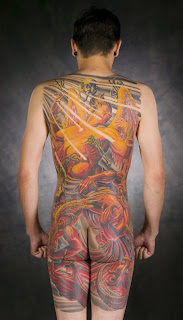 Amazing Japanese Tattoos With Image Japanese Tattoo Designs For Male Tattoo With Japanese Tattoo On The Full Back Body
Amazing Japanese Tattoos With Image Japanese Tattoo Designs For Male Tattoo With Japanese Tattoo On The Full Back Body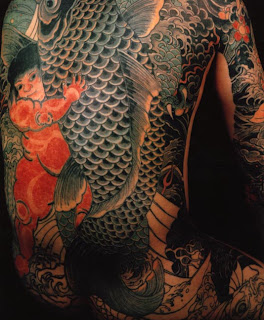 Amazing Japanese Tattoos With Image Japanese Tattoo Designs For Male Tattoo With Japanese Tattoo On The Full Back Body
Amazing Japanese Tattoos With Image Japanese Tattoo Designs For Male Tattoo With Japanese Tattoo On The Full Back Body 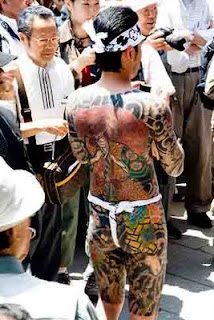 Amazing Japanese Tattoos With Image Japanese Tattoo Designs For Male Tattoo With Japanese Tattoo On The Full Back Body
Amazing Japanese Tattoos With Image Japanese Tattoo Designs For Male Tattoo With Japanese Tattoo On The Full Back Body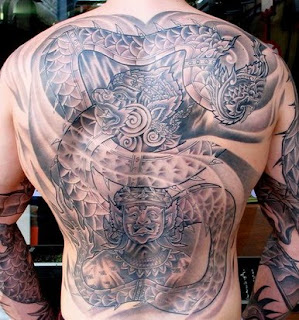 Amazing Japanese Tattoos With Image Japanese Tattoo Designs For Male Tattoo With Japanese Tattoo On The Full Back Body
Amazing Japanese Tattoos With Image Japanese Tattoo Designs For Male Tattoo With Japanese Tattoo On The Full Back Body Sunday, September 12, 2010 Back Body Tattoo, Dragon Tattoo, Full Body Tattoo, japanese dragon tattoo, Japanese Koi Fish Tattoo, japanese tattoo, Tribal Tattoo, Unique Tattoo 0 comments















0 comments: